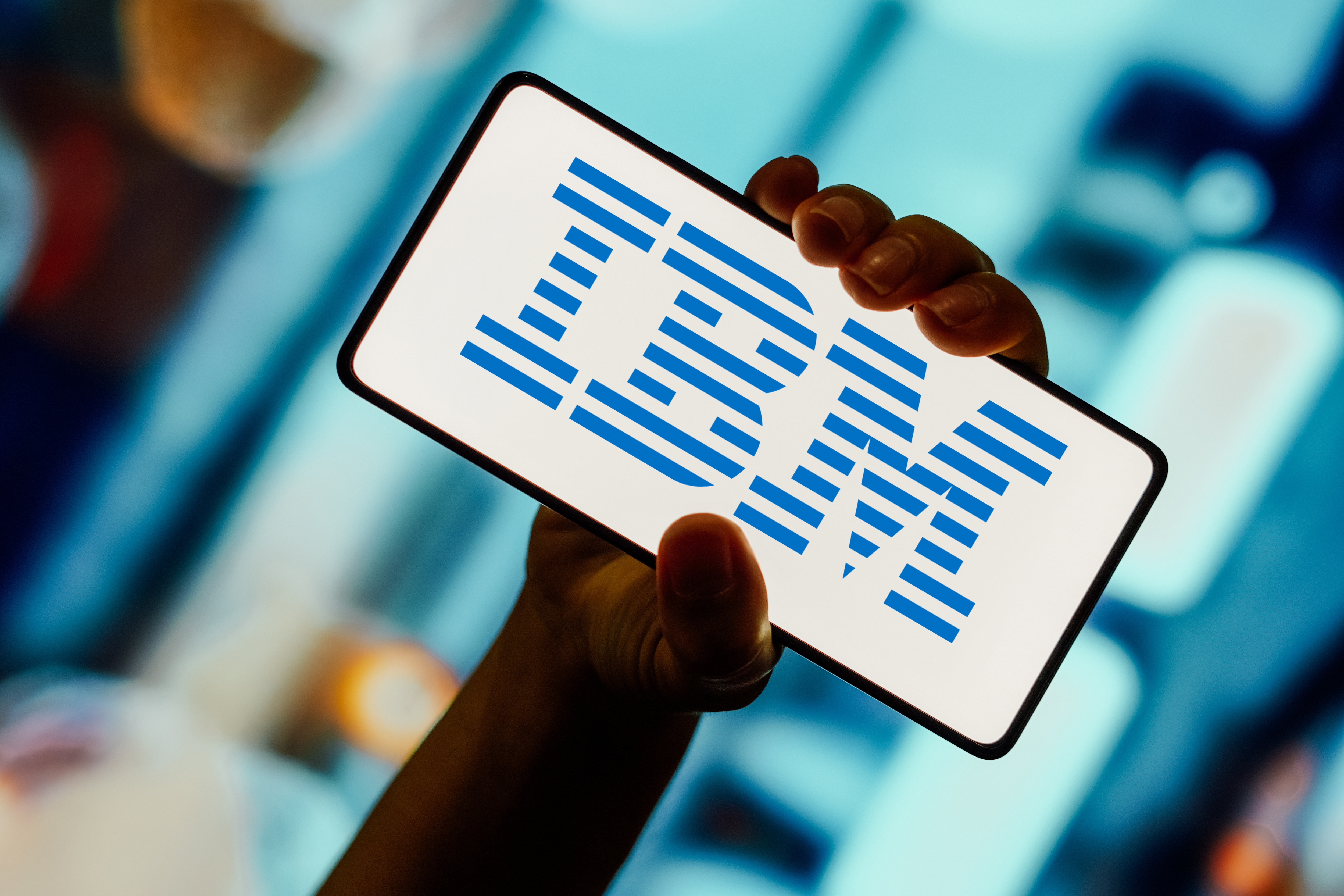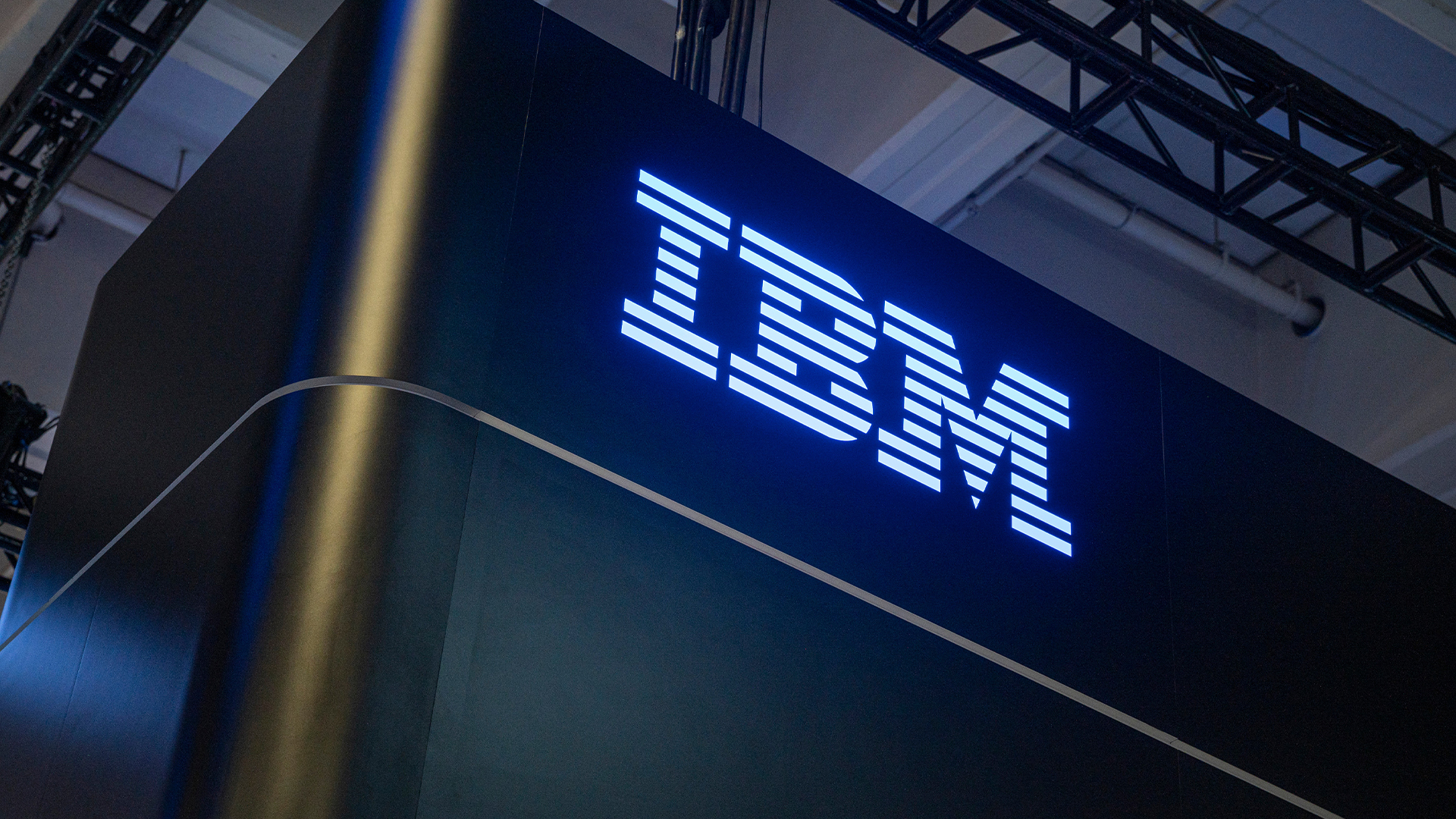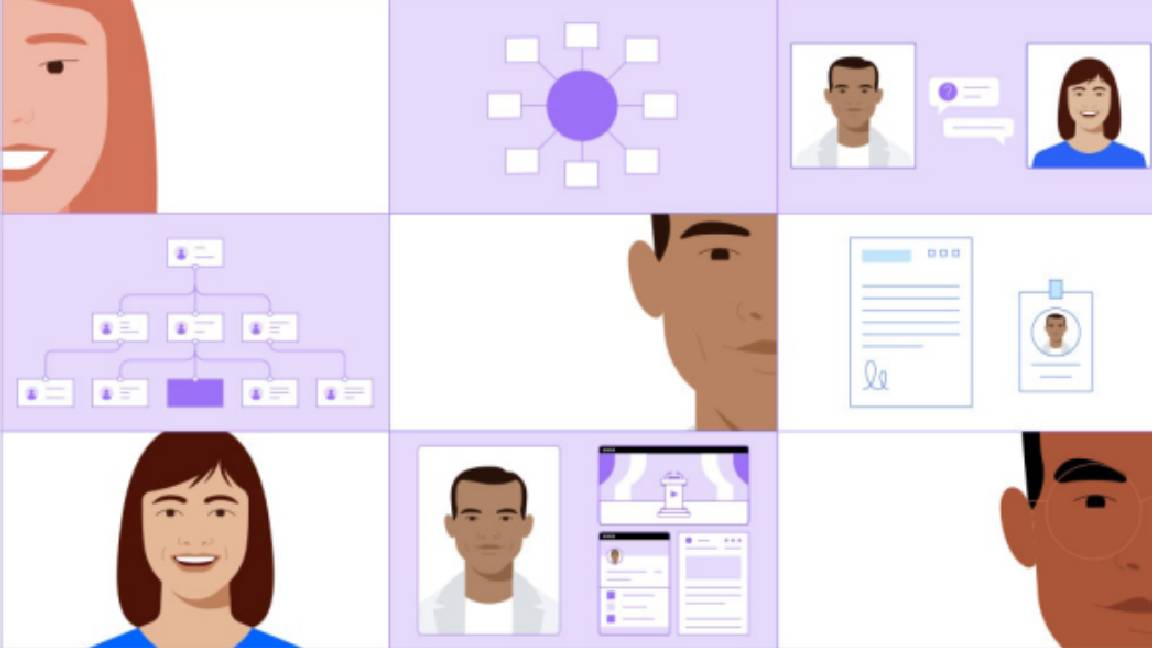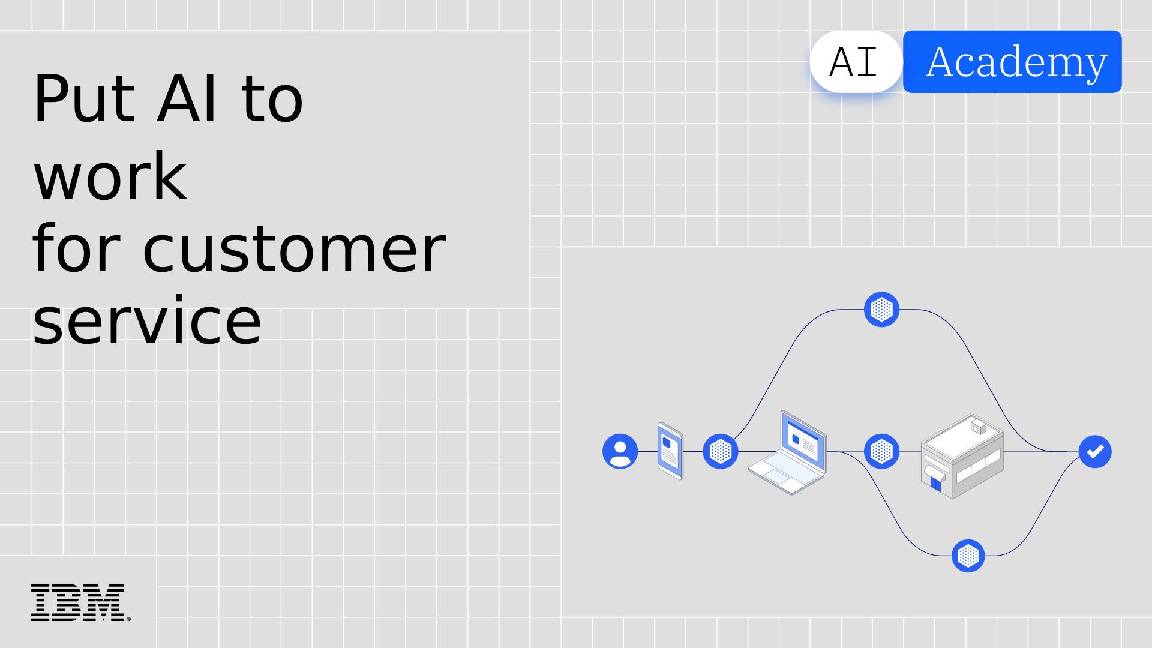How UK tech can weather the economic storm in 2023
Should IT providers and teams hope to make a success out of the next two years, they will first have to adapt to the oncoming economic shockwaves

Before the dolphins left Earth ahead of its destruction by the Vogons in sci-fi classic the Hitchhiker's Guide to the Galaxy, they sent a final message to humanity: “So long, and thanks for all the fish”. It was all over, and the dolphins were signing off. Many IT companies are arguably in a similar position.
The comparison is not absurd, with the cost of living crisis truly taking hold and shockwaves set to roll through economies worldwide over the next year or two. Geopolitical issues and post-pandemic trade constraints leading to supply-and-demand mismatches mean individual UK businesses, including many IT providers, are set to take a huge hit, to the extent their world could be over soon. This is the reality of what it means to be in recession.
Indeed, 42% of UK manufacturers have already seen energy bills double in 12 months, according to industry body MakeUK, and if government support ends in April, energy costs could double again for some. This is despite best efforts to slash energy bills.
Analysis from the British Chambers of Commerce (BCC) forecasts a deep, five-quarter recession lasting until the end of 2023. Business investment, exports and household consumption will all remain subdued, and inflation will still be pegged at 5%, down from 11% at the time of writing, but far off the Bank of England's 2% target. And then there's Brexit, which is still shackling UK trade.
The typically bullish Confederation of British Industry (CBI) warns, overall, of a potential decade of lost growth. At the least, more belt-tightening can be expected, with demands falling out of scope as a 'great reset' of tech adoption roadmaps follows.
In the Hitchhiker's Guide, the dolphins tried to communicate the impending threat to the people of Earth, only to have their attempts misinterpreted. In the end, only two humans managed to escape, more or less by accident. But tech companies shouldn't leave adaptation to chance.
Cost-cutting and collaborating to fight recession in 2023
What can be done when the digital transformation that’s become so essential for many businesses is held back by a shortage of of knowledge, skills, budgets and hardware? Mapping capability onto areas of opportunity will mean investing to drive savings and efficiencies, including office running costs.
ChannelPro Newsletter
Stay up to date with the latest Channel industry news and analysis with our twice-weekly newsletter
Matt Eustace, solution engineering head at data management company Aiimi, notes this might prove a bright spot for IT in areas like robotic process automation (RPA), especially where benefits can be achieved with existing talent and technology.
"A crucial part of this will involve balancing the need to protect information in an increasingly hostile environment against the need to exploit that same information more efficiently to improve productivity," he suggests.
Increased macroeconomic challenges and ongoing supply chain issues could partly be counteracted by fostering collaborative efforts, even across industries, to produce data-driven insights that increase forecasting capabilities and reduce risk.
Sam Attias, product marketer at process mining company Celonis, confirms data sharing has traditionally been seen as inaccessible for businesses, although tribulations over the last two years have pushed more companies to share and benchmark data internally. "This leads to lack of visibility when companies can least afford it," Attias points out.
Criminals too will take advantage of technological advances, including artificial intelligence (AI). Ransomware isn't going anywhere, either, and the risk is higher when more organisations outsource so much of their infrastructure.
Some industries must return to the drawing board
RELATED RESOURCE

Building for success with off-premises private cloud
Leveraging co-location facilities to execute your cloud strategy
Of course, it's potentially costly if you get it wrong. Many providers may not themselves have deep enough pockets to keep up with evolving demands. Even top cloud vendors, after all, missed revenue targets in Q3, according to Canalys, after all. The organisation notes that while demand remains strong, customers will be hoping to get better bang for every pound of spending.
With companies wary of overspending on cloud transformation, it will be incumbent on providers to justify the business case to satisfy increasingly thrifty customers, some of whom may be more cynical about the promise of any given solution than they might have been several years ago.
Prashant Ketkar, CTO at software firm Alludo, suggests this should result in even more focus on hybrid cloud, including full-fledged cloud services and legacy infrastructure integrations.
"Skill shortages will continue to be a challenge,” Ketkar points out, however. “Employees who have the needed skillsets to build serverless and cloud-native infrastructures are rare. And if they are lucky enough to find them, they’ll have to pay a lot to convince them to leave their company.”
Other essential and traditional growth areas in IT, including cyber security, may also be in line for – as CompTIA puts it – a 'return to strategy'. "Many technology businesses will have to leave their comfort zone to thrive,” says Carolyn April, senior director for industry analysis at CompTIA. “That means thoroughly examining and adjusting their current operations, sales and marketing, human resources and strategic innovation efforts."
While customers can be "as enthusiastic as ever about the role technology plays in their success", they will be much more demanding and scrutinising of any claims or promises made, she warns.
Adapting your business strategy
Some technologies might be deemphasised, with spending redeployed. Knowing how to budget in a financial squeeze will be crucial. Typical candidates for shelving might include new hardware implementations and software upgrades that don't deliver a cost advantage in the near term, relative to customer core objectives.
No vendor wants a demand for 'their' tech to be shelved, even temporarily, but even the most inept, unsympathetic businessperson must concede customers may need to sacrifice to survive. Providers that can't adapt to customer needs in such times may themselves be swept off the board.
Despite continued hype about metaverses and AI coming of age in the form of ChatGPT, it's clear B2B IT has bigger fish to fry. It's likely we'll see more consolidation across the B2B IT space in coming years – and not only in hardware or cloud.
Brian Knudtson, director of product market intelligence at cloud, connectivity and security company 11:11 Systems, says, for example, that despite demand based on rising cyber risk and attack rates, even cyber security providers are suffering.
"Acquisitions and layoffs have been high,” Knudtson confirms. “In 2023 and onward, the looming recession will contain the ambition of these innovators and their investors.”
Fleur Doidge is a journalist with more than twenty years of experience, mainly writing features and news for B2B technology or business magazines and websites. She writes on a shifting assortment of topics, including the IT reseller channel, manufacturing, datacentre, cloud computing and communications. You can follow Fleur on Twitter.
-
 It's been two weeks since CrowdStrike caused a global IT outage – what lessons should we learn?
It's been two weeks since CrowdStrike caused a global IT outage – what lessons should we learn?Opinion The incident on 19 July was possibly the biggest IT outage to date
By Stephen Pritchard
-
 Game-changing data security in seconds
Game-changing data security in secondswhitepaper Lepide’s real-time in-browser demo
By ITPro
-
 Unlocking the opportunities of open banking and beyond
Unlocking the opportunities of open banking and beyondwhitepaper The state of play, the direction of travel, and best practices from around the world
By ITPro
-
 Accelerated, gen AI powered mainframe app modernization with IBM watsonx code assistant for Z
Accelerated, gen AI powered mainframe app modernization with IBM watsonx code assistant for Zwhitepaper Many top enterprises run workloads on IBM Z
By ITPro
-
 Magic quadrant for finance and accounting business process outsourcing 2024
Magic quadrant for finance and accounting business process outsourcing 2024whitepaper Evaluate BPO providers’ ability to reduce costs
By ITPro
-
 Let’s rethink the recruiting process
Let’s rethink the recruiting processwhitepaper If you designed your recruiting process for a new company, what would you automate to attract and hire the best talent?
By ITPro
-
 The power of AI & automation: Productivity and agility
The power of AI & automation: Productivity and agilitywhitepaper To perform at its peak, automation requires incessant data from across the organization and partner ecosystem.
By ITPro
-
 AI academy: Put AI to work for customer service
AI academy: Put AI to work for customer servicewhitepaper Why AI is essential to transforming customer service
By ITPro

